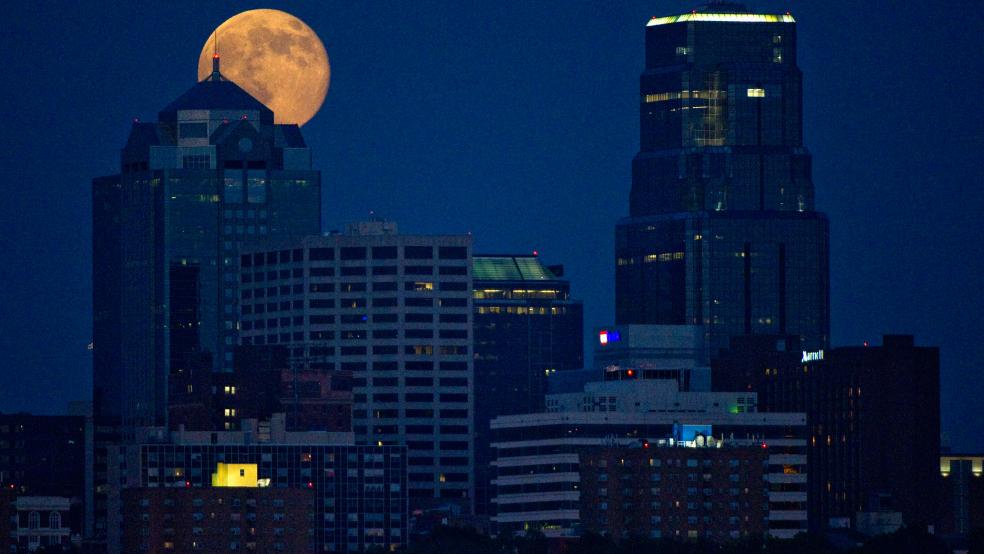Moon Express, a Mountain View, California-based company that's aiming to send the first commercial robotic spacecraft to the moon next year, just took another step closer toward that lofty goal. Earlier this year, it became the first company to successfully test a prototype of a lunar lander at the Kennedy Space Center in Florida.
The success of this test—and a series of others that will take place later this year—paves the way for Moon Express to send its lander to the moon in 2016, said company co-founder and chairman Naveen Jain.
Related: Why This Billionaire Is Shooting for the Moon
Moon Express conducted its tests with the support of NASA engineers, who are sharing with the company their deep well of lunar know-how. The NASA lunar initiative—known as Catalyst—is designed to spur new commercial U.S. capabilities to reach the moon and tap into its considerable resources. In addition to Moon Express, NASA is also working with Astrobotic Technologies of Pittsburgh, Pennsylvania, and Masten Space Systems of Mojave, California, to develop commercial robotic spacecrafts.
Jain said Moon Express also recently signed an agreement to take over Space Launch Complex 36 at Cape Canaveral. The historic launchpad will be used for Moon Express's lander development and flight-test operations. Before it was decommissioned, the launchpad was home to NASA's Atlas-Centaur rocket program and its Surveyor moon landers.
"Clearly, NASA has an amazing amount of expertise when it comes to getting to the moon, and it wants to pass that knowledge on to a company like ours that has the best chance of being successful," said Jain, a serial entrepreneur who also founded Internet companies Infospace and Intelius.
Related: NASA's $9 Billion Orion Spaceship Takes Off
He believes that the moon holds precious metals and rare minerals that can be brought back to help address Earth's energy, health and resource challenges.
Among the moon's vast riches: gold, cobalt, iron, palladium, platinum, tungsten and Helium-3, a gas that can be used in future fusion reactors to provide nuclear power without radioactive waste. "We went to the moon 50 years ago, yet today we have more computing power with our iPhones than the computers that sent men into space," Jain said.
"That type of exponential technological growth is allowing things to happen that was never possible before."
This article originally appeared in CNBC.
Read more at CNBC:
Apple may sell 1 billion 'life-saving' watches
Cramer: Apple is worth a ton more than you think
Pisani's 2015 predictions: Anything but boring




